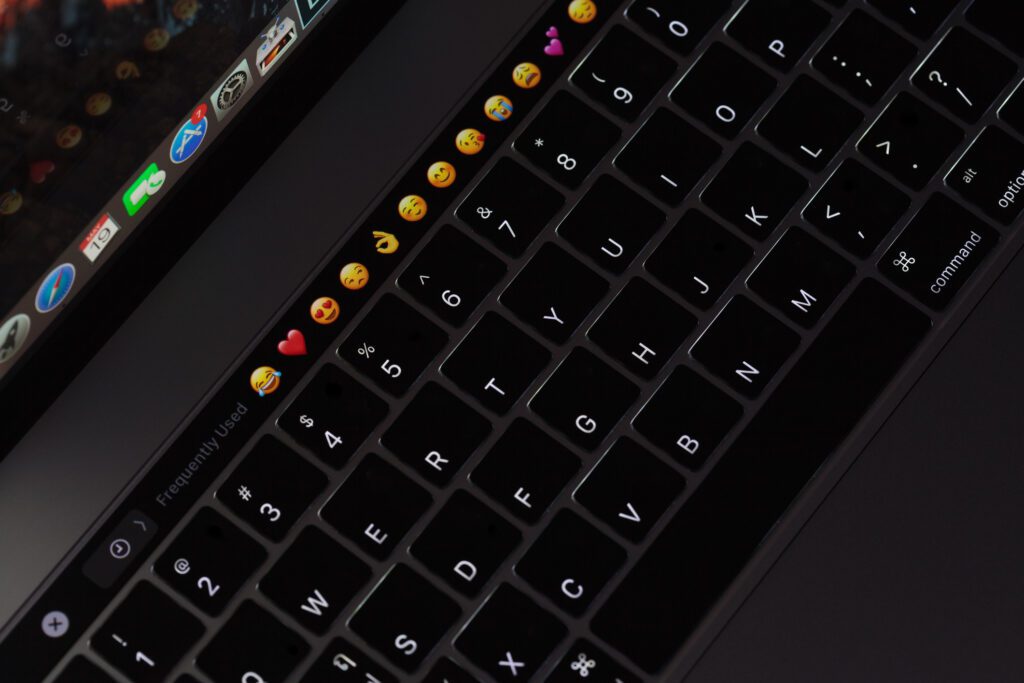Branding In a Cycle Of Uncertainty

Mary Rickles has been working on candidate branding for a half dozen cycles and knows the creative challenges that candidates face. This cycle is going to test even her creativity.
After working for 50+1 Strategies as one of its freelance designers for over a decade, she’s been brought in-house to serve as the California-based Democratic shop’s creative director.
In an interview with C&E, Rickles talked about the creative challenges for campaigns in a cycle when it appears all attention will be focused at the top of the major party tickets — and many AI tools are being deployed for the first time.
C&E: What’s your advice for clients this cycle who are looking to stand out in this media environment?
Rickles: There is definitely a problem with breaking through the clutter. That’s always been an issue, but certainly in this 24-hour news cycle that we’re in, it’s something that we want to address. One thing that I always try to make sure that we address is that every piece that we do takes inclusive design into perspective. So we want to make sure that we are including visual elements that celebrate a wide range of ethnicities and body types and abilities and genders.
We want to make sure that our pieces, whether it’s a mail piece or a video, that it resonates with the lived experiences of our audiences, which are very diverse. So within that we want to make sure that the type is clean and legible, that we’re using accessible color combinations, things like that.
We also are seeing a lot of kind of this bold minimalism where we really want to make sure that every element in the design has impact, but also serves a purpose.
So incorporating white space so that the eye can be drawn to what you want it to see, that the pieces that we have aren’t cluttered, that we’re employing clean lines in our visuals — I think that sometimes trying to make sure that our work is [a] bold, minimalistic aesthetic will help make things a little more digestible.
C&E: Can AI tools help designers or are they a potential liability?
Rickles: We’re seeing a lot of really bad AI design. I’m not a fan of using AI in a bad way, but I think there are ways you can use AI enhanced design practices in a way that makes your work a little better. So using AI tools to help streamline your workflow, using AI tools to suggest color palettes, like based on your target audience or create a mood board based on certain keywords — using tools to help with automated imagery sizing, or color correction — those are types of things that can be helpful when you’re just working through a period where you have a lot of volume.
But I’m also seeing across the board [from] the fashion industry all the way to political, hand-drawn elements worked into a lot of print pieces just to sort of infuse warmth and create a friendly, approachable image. So sometimes we’ll see strategic hand-drawn elements added to designs just to kind of give it a little personality.
C&E: When you say bad AI design, are you saying that campaigns are deploying completely AI-generated images?
Rickles: As someone who’s been in the design industry for a long time, I can tell, most of the time, if someone’s using AI to create an image. I generally would say: Stay away from using it to create and generate art. I do think it’s helpful in your workflow. I’ve used it in some projects to suggest color palettes for this particular feel or, like I said, things like imagery sizing that just takes a lot of time.
C&E: Are you worried that young designers coming up with these tools may learn to cut corners?
Rickles: There is a danger in newer designers leaning too heavily on the tools and not taking time to think through all of the steps. When I work with junior-level designers or folks who are just starting out, I have them start with sketching, which feels really old school probably to some people. But I think taking time to really think through, okay, what’s the aesthetic we want? Who’s the audience? What color palettes are going to be able to draw your eye the best? What mood are we looking to create? Just really thinking through things — not just, ‘Hey, let’s use these cool tools to create something that is splashy.’
C&E: What’s your prediction for the aesthetic or design trend of 2024?
Rickles: I do think this sort of AOC style — bold, minimalistic — will continue. I am seeing that sort of style in a lot of creative on the progressive side in particular. A lot of folks are sort of modeling her look. I think the new Harris creative — just with her logo — it’s very simple, streamlined. It’s easy to adapt with different versions of it. They definitely thought through inclusivity.
I will be very curious to look through the best design six months from now and see what comes forward. I think a lot of it will echo the last couple of years.
